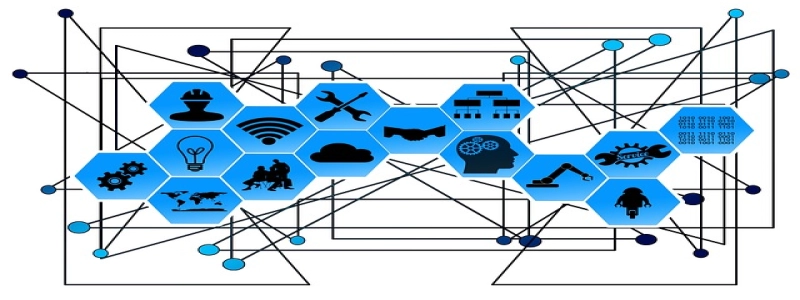Lora Transceiver Module
Introduction:
In this article, we will discuss the features and functions of the Lora transceiver module. We will explain what it is, how it works, and why it is useful in various applications. So, let’s dive in!
1. What is a Lora Transceiver Module?
A Lora transceiver module is a type of wireless communication device that allows long-range and low-power communication. Lora stands for Long Range. It utilizes a modulation technique called chirp spread spectrum (CSS) to achieve long-range capabilities while consuming minimal power.
2. How does a Lora Transceiver Module work?
The Lora transceiver module operates on the unlicensed ISM (Industrial, Scientific, and Medical) bands, typically at frequencies between 868 MHz and 915 MHz. It uses a spread spectrum modulation technique to ensure robustness and resistance to interference.
The module consists of a Lora transceiver chip, an antenna, and various supporting components. It receives and transmits data in packets, which are modulated using CSS. The modulation allows the signal to travel long distances while maintaining good signal integrity.
3. Key Features of Lora Transceiver Module:
– Long Range: Lora modules can achieve communication ranges of several kilometers, depending on factors like antenna height, terrain, and interference.
– Low Power: Lora technology is designed to be power-efficient, allowing battery-powered devices to operate for extended periods.
– Low Data Rate: Lora modules are optimized for low data rate applications, making them suitable for numerous IoT (Internet of Things) devices and sensor networks.
– Bidirectional Communication: The transceiver module supports both transmit and receive operations, enabling two-way communication between devices.
– Secure Communication: Lora offers AES-128 encryption for secure data transmission, ensuring privacy and preventing unauthorized access.
– Scalability: Lora networks can scale to accommodate thousands of devices, making it ideal for large-scale IoT deployments.
4. Applications of Lora Transceiver Module:
– Smart City: Lora enables various applications in smart cities, such as smart lighting, parking management, waste management, and environmental monitoring.
– Industrial Automation: Lora can be used for remote monitoring and control in industrial automation applications, improving operational efficiency and reducing costs.
– Agriculture: Lora helps in precision farming by providing real-time monitoring of soil moisture, temperature, and other parameters, allowing farmers to optimize their irrigation and fertilization practices.
– Asset Tracking: Lora-based asset tracking systems enable real-time tracking of valuable assets, such as containers, vehicles, and equipment, reducing theft and improving logistics.
– Healthcare: Lora allows remote patient monitoring and tracking of medical equipment, enhancing healthcare services and patient safety.
Conclusion:
In conclusion, Lora transceiver modules offer long-range and low-power wireless communication, making them a popular choice for various applications. Their ability to provide reliable communication over long distances, combined with low energy consumption, opens up opportunities for implementation in numerous industries. With advancements in technology, Lora transceiver modules will continue to contribute to the growth of IoT and wireless communication.







